The New Guinea singing dog was first described in 1897, and became known for its unique and characteristic vocalization, described as a ‘wolf howl with overtones of whale song.’
Originally classified as a distinct species, Canis hallstromi, its taxonomy remains controversial in part due to the availability of only captive specimens for genetic analysis and debate regarding their origin.
Though genetically similar to the Australian dingo, it represents a distinct population, as evidenced by both morphology and behavior. Only 200-300 captive singing dogs exist in conservation centers, with none seen in the wild since the 1970s.
“The New Guinea singing dog that we know of today is a breed that was basically created by people,” said senior author Dr. Elaine Ostrander, a researcher in the National Human Genome Research Institute, part of the National Institutes of Health.
“Eight were brought to the United States from the Highlands of New Guinea and bred with each other to create this group.”
Another New Guinea dog breed found in the wild, called the Highland wild dog, has a strikingly similar physical appearance to the New Guinea singing dogs.
Considered to be the rarest and most ancient dog-like animal in existence, it is even older than the New Guinea singing dogs.
In 2016, an expedition led by the New Guinea Highland Wild Dog Foundation in collaboration with the University of Papua reported the existence of 15 wild dogs on the western side of the island near the open-cut Grasberg Mine, the largest gold mine in the world.
A subsequent 2018 field study led to the collection of blood samples from three individuals in their natural environment, as well as demographic, morphologic, and behavioral data.
“Initially we were searching for a dog that didn’t want to be found,” said James ‘Mac’ McIntyre, a zoologist and the director of field research at the New Guinea Highland Wild Dog Foundation.
“The Highland wild dogs are shy and reclusive. They reside in the rough rocky terrain above the tree line. We spent long days in thin air and often cold rainy conditions.”
The wild dogs’ nuclear genome confirmed that the Highland wild dogs are the ‘original’ New Guinea singing dogs.
“Detailed DNA testing confirmed that the Highland wild dog is a direct ancestor of the New Guinea singing dog,” said co-author Dr. Kylie Cairns, a conservation biologist in the Centre for Ecosystem Science at the University of New South Wales.
“Both canids are close genetic relatives to the Australian dingo — forming their own lineage unlike any other in the world.”
“We found that New Guinea singing dogs and the Highland wild dogs have very similar genome sequences, much closer to each other than to any other canid known,” said co-author Dr. Heidi Parker, a staff scientist in the National Human Genome Research Institute.
“In the tree of life, this makes them much more related to each other than modern breeds such as German shepherd or bassett hound.”
The evidence of wild populations is welcome news to conservationists, who hope to diversify the gene pool of the captive population.
“Many had feared the population was extinct, or heavily mixed with domestic dogs,” Dr. Cairns said.
“Now that we know there is a wild population, programs can help diversify and conserve the captive population.”
The results were published in the Proceedings of the National Academy of Sciences.
Suriani Surbakti et al. New Guinea highland wild dogs are the original New Guinea singing dogs. PNAS, published online August 31, 2020; doi: 10.1073/pnas.2007242117
This article was first published by Sci-News.com on 8 September 2020. Lead Image: Anang Dianto / New Guinea Highland Wild Dog Foundation
What you can do
Support ‘Fighting for Wildlife’ by donating as little as $1 – It only takes a minute. Thank you.


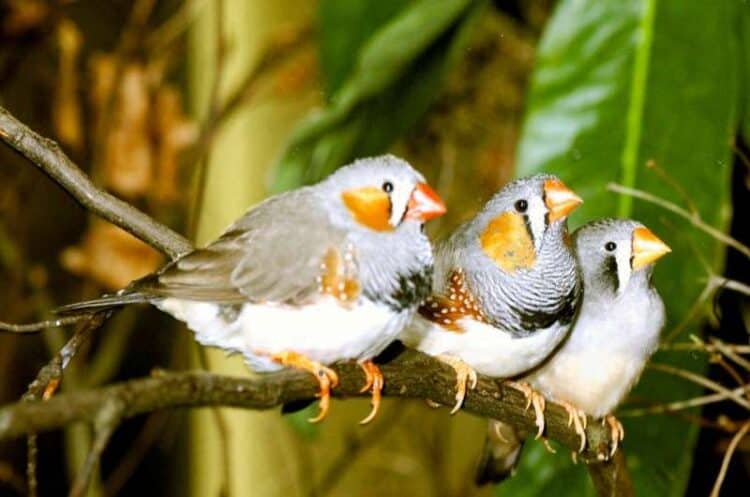
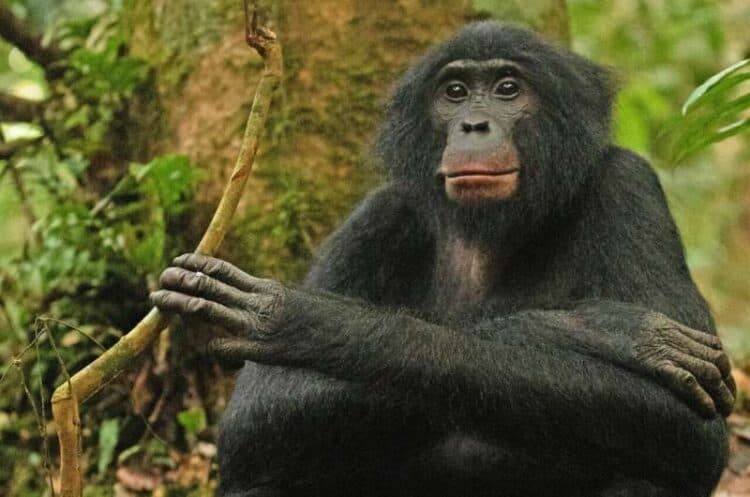
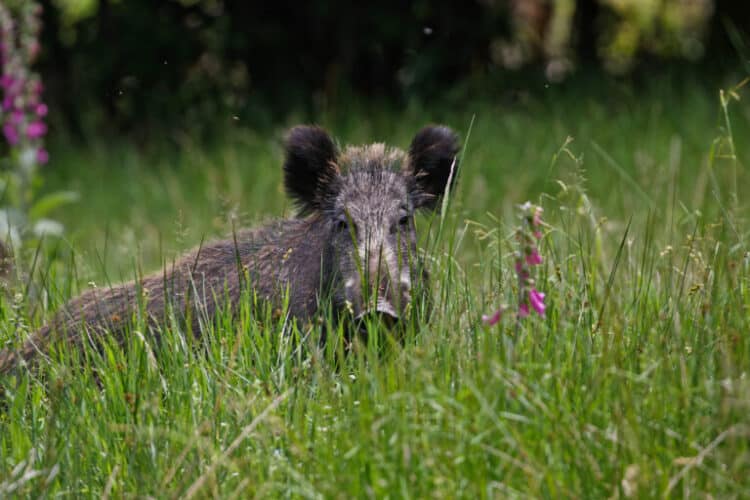
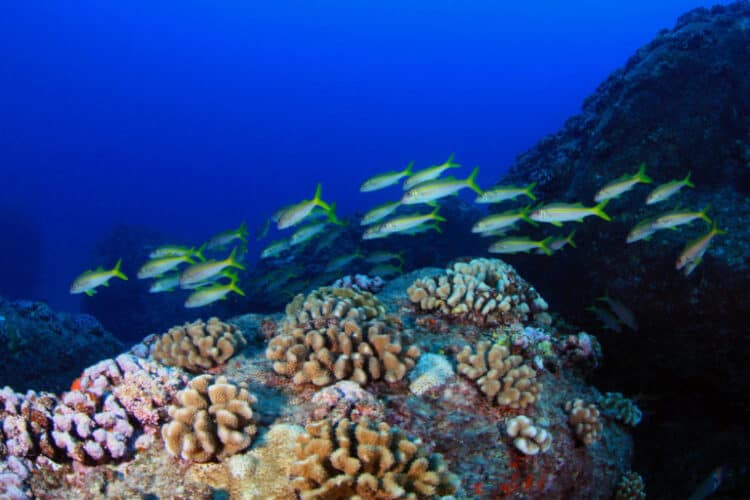
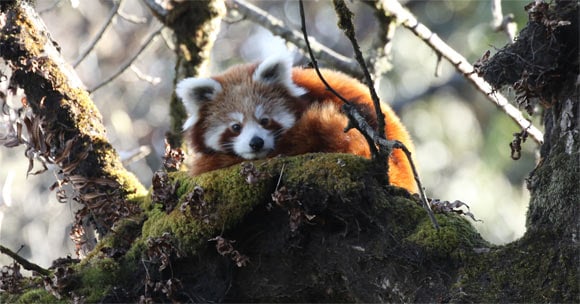
Leave a Reply